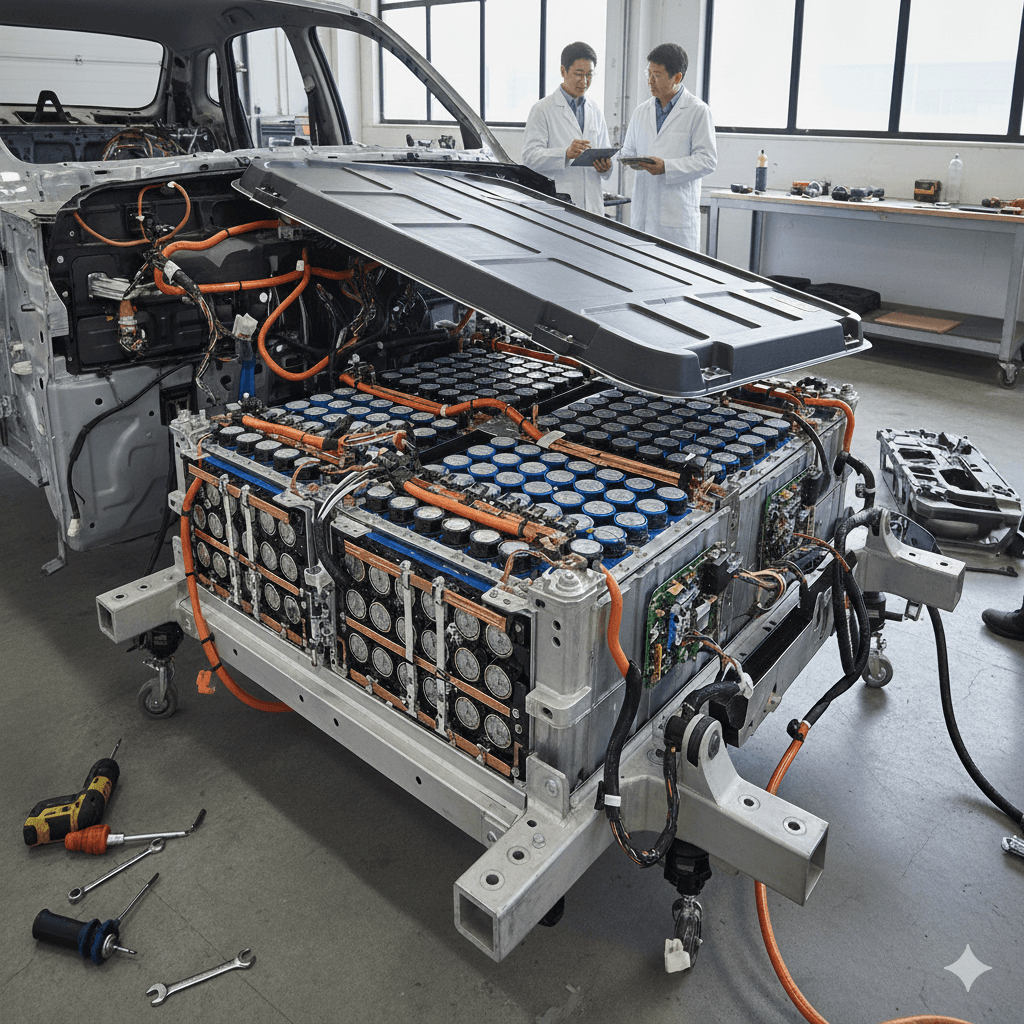Jun 4, 2024
Source: Green Building News | By Justin R. Wolf | June 4, 2024
Supply chains and ESG
On a more basic level, for companies in the supply chain to ensure they are not breaking any laws, there is supply chain mapping. Sourcemap provides businesses with clear audits of their N-tier (aka multi-tier architecture) supply chains. The company’s founder and CEO Leonardo Bonanni, who participated in two panels at the Design for Freedom Summit, including “Supply Chain Mapping Technology,” defines Sourcemap’s mission as “raising standards at every step of global trade” and “enabling companies to identify everyone they do business with.” He calls this scale of mapping the “foundation” for ensuring multi-national companies meet their ESG goals.
AI and machine learning play a role in Sourcemap’s ability to trace materials throughout supply chains and help identify potential links to geographic hot spots where forced labor conditions are prevalent. And yet, Bonanni frames his business as a more analog technology. “We use the term ‘supply chain mapping’ to make the process seem more technical, but it’s actually a human process of not just of knowing where things come from, but being in contact with the people who make them; it’s a process of building out a social network of suppliers. Supply chain mapping doesn’t happen automatically. It doesn’t happen through AI or some sort of remote sensing technology. It happens because companies require their suppliers to make themselves known and to divulge the names of their suppliers.”
Bonanni concedes AI’s important place in the larger equation. “Globalization was invented long before the internet,” he says. Now that the latter has caught up with the former, it is feasible—and even reasonable—to require companies to be in contact with thousands of other companies and, with the aid of more advanced AI models, collect the necessary data. “That’s where the verification comes in.”
Rooting out embodied suffering
Supply chain mapping is nothing new, and in fact has become common practice across various industries. Glass, steel, leather, and cotton, to cite a few examples, are all extensively mapped by heavy manufacturing trades, the automotive industry, and the footwear and apparel industries. (A lot slips through the cracks, as evidenced by the tens of millions of people—mostly women and children—who endure forced labor conditions and worse to this day.)
The main obstacle for the building industry, in Bonanni’s estimation, concerns the protocols by which most builders operate. “Architects, builders, developers, and even large construction companies have a rough time mapping” because their supply chains tend to change for each project, he says. The exact makeup of multi-tiered supply chains “almost never repeats” and, therefore, “it’s very hard to build relationships … collect real-time data and verify conditions.”
Everything from government legislation to transparency standards are doing their part to weed out embodied suffering from supply chains, one tier and one supplier at a time. And clearly, the technologies and tools at our disposal have made global players faster, better, and more efficient. Accountability and culpability, on the other hand, are not things that can be measured with an algorithm.
“It takes time to implement these business processes inside a company,” Bonanni says. “And for people around the world, mapping would be good to start now. Because it’s only a matter of time before other economies also require transparency.”
Read the whole article here>>





